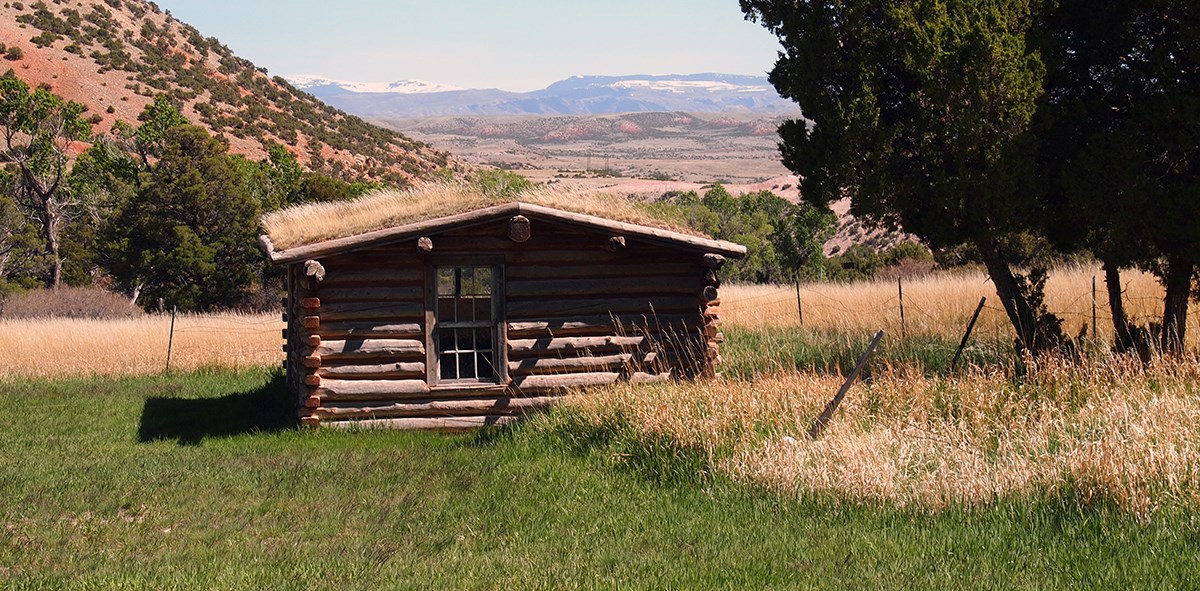Last updated: December 15, 2017
Article
Crew Performing Structure Assessments Responds to Wildfire

“While [the Bandelier Wildland Fire Module was] there on standby for any fires, we asked if they would conduct structure assessments, particularly on the many ranches that are dispersed throughout the park. They completed those assessments and made recommendations to resource management on how to improve the defensible space.”—Chip Collins, Grand Teton National Park fire management officer
Hot, dry conditions in July 2012 pushed the Bighorn Canyon National Recreation Area into extreme fire danger and fire restrictions, as well as prompting a severity request and stepped up staffing. Grand Teton National Park Fire Management Officer Chip Collins, who also oversees fire management in Bighorn Canyon, knew the neighboring cooperators were already taxed due to recent fire activity, so he looked for an opportunity to support Bighorn Canyon.
The Bandelier Wildland Fire Module was in the Tetons supporting severity staffing when a fire broke out near Bighorn Canyon’s boundary. Because Bighorn Canyon has only a few employees qualified as wildland firefighters and relies heavily on the Bighorn National Forest, the Big Horn Basin BLM, and volunteer fire departments, Collins immediately sent the module to help mop up the wildfire.
The module served a dual purpose while in Bighorn Canyon. After the severe 2011 fire season affected so many parks, the Intermountain Region directed all parks in the region to conduct extensive structure assessments on all structures in each park. Having the Bandelier Wildland Fire Module in the park provided an opportunity to multitask, while achieving cost-effectiveness and efficiencies.
“While they were there on standby for any fires, we asked if they would conduct structure assessments, particularly on the many ranches that are dispersed throughout the park,” Collins said. “They completed those assessments and made recommendations to resource management on how to improve the defensible space, whether it was mowing wider strips or cutting limbs on alder trees, or more involved fuel reductions.”
The crew conducted thorough assessments on all four historic districts (ranches) in the national recreation area that straddles the Wyoming and Montana borders. Their assessments will provide direction for Bighorn Canyon to focus their fuels reduction efforts for the next few years.
As an added bonus, while assessing a structure on July 23, the module members noticed smoke to the north, and subsequently responded to the Black Tail Fire, which was burning on a steep slope above the west shore of the lake in juniper and grass. The fire was in rough terrain with difficult access, but the Bandelier Wildland Fire Module and an engine from the Bighorn National Forest were able to take suppression action.
Contacts: Traci Weaver, fire communication/education specialist
Email: traci_weaver@nps.gov
Phone: 307-739-3692
